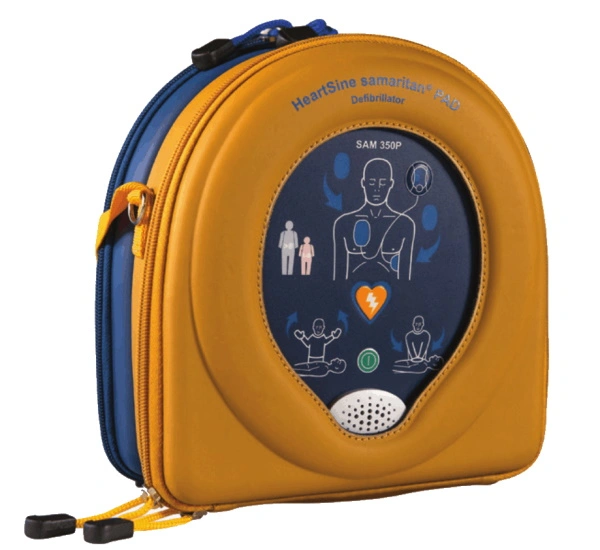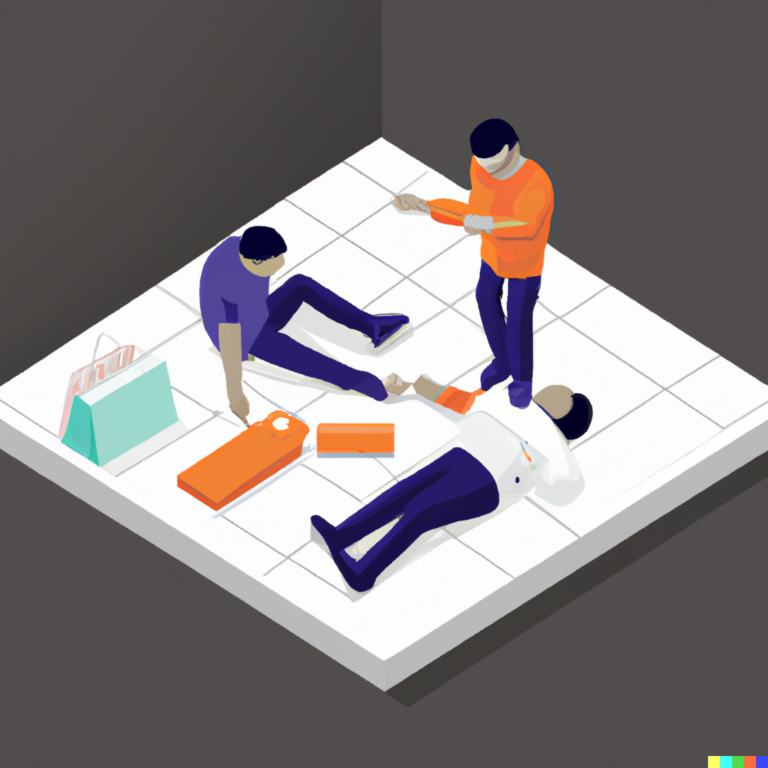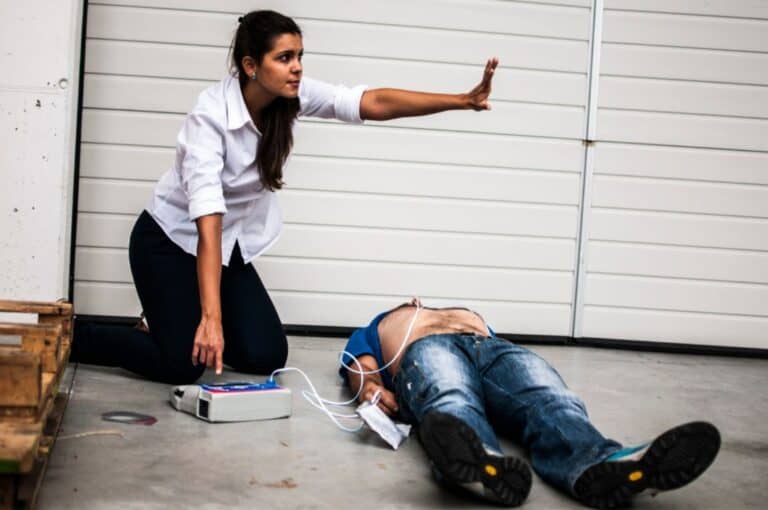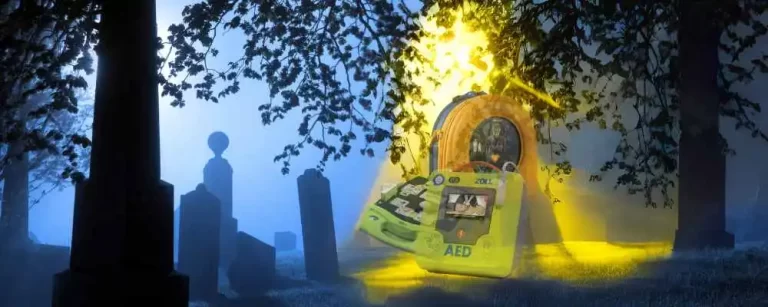Game-Changers: AED’s VS Waiting for an Ambulance

When seconds count, who holds the power to save a life? Let’s get ready to rumble and compare why the rapid response of first aiders with an Automated External Defibrillator (AED) to the wait for an ambulance.
In the race against time that is a cardiac emergency, every second is a precious commodity that could mean the difference between life and death. In such situations, the traditional response has often been to call an ambulance, but we’re here to tell you that there’s another player at the table – first aiders armed with an AED!
In one corner, we have the traditional response to a cardiac event – the wait for an ambulance. While our emergency medical services (EMS) do a phenomenal job, the reality is that their response times often average around 10 minutes, if not more, especially in remote areas. In a cardiac emergency, these minutes can feel like an eternity and may result in irreversible damage or even loss of life.

In the opposite corner, we have first aiders with an AED. Similar to our trusty casino security guards we’ve discussed before, these trained individuals can spring into action immediately. Studies have shown that when an AED is used within the first 3-5 minutes of cardiac arrest, the survival rate can skyrocket to an impressive 74%. It’s like hitting the jackpot on response times, leaving the national average of EMS in the dust.
Let’s be clear, we’re not saying to forgo calling an ambulance altogether. On the contrary, an ambulance should always be called in a cardiac emergency. However, while waiting for professional medical help to arrive, first aiders with an AED can take immediate action. This dual response approach not only maximises the chance of survival but also improves the likelihood of a better recovery.

Implementing AEDs in workplaces, public spaces, and even homes transforms everyday people into potential life-savers. It’s a winning hand for everyone involved – for the person experiencing the cardiac event, for the first aider able to intervene effectively, and for the wider community that becomes safer with every AED placed and first aider trained.
So, there you have it, folks – the power of AEDs and the critical role of first aiders. This isn’t just a matter of comparing two different responses; it’s about understanding the importance of immediate action in a cardiac emergency. The real winners are those who understand that when it comes to cardiac arrest, every second counts and acting swiftly with an AED can indeed save a life.
Want to get a start in the world of defibs but don’t know where to begin? Check out our selector tool
We want to help make this lifesaving technology easy!







